I never thought my old hiking boots would betray me in Sardinia’s stunning Gorropu Gorge, which people call “Europe’s Grand Canyon.” That morning felt perfect—clear skies, a gentle breeze, and a bubbling excitement as I laced up those boots for what I figured would be an unforgettable trek.
Good hiking footwear with solid ankle support matters so much when you’re exploring tough terrain like this. I learned that the hard way. Halfway down the trail, the sole of my right boot started peeling off, turning my shoe into a sad, flapping leather sandal. It was almost funny—I’d packed extra water, sunscreen, even a first aid kit, but never bothered to check the state of my favorite boots before such a big hike.
The adventure that followed wasn’t at all what I’d planned. I got creative with my laces, borrowed duct tape from fellow hikers, and came away with a new respect for proper hiking prep. Now I get it—choosing the right footwear isn’t just about comfort. It’s about safety, especially in wild places like Sardinia’s limestone canyon.

Setting the Scene: Sardinia’s Grand Canyon Adventure
Sardinia hides a natural wonder that rivals America’s famous landmark, but most travelers don’t know about it. My journey through this rugged Italian paradise showed me stunning landscapes and some unexpected challenges.
Discovering the Su Gorropu Gorge
Su Gorropu, Sardinia’s Grand Canyon, stunned me the second I saw its massive limestone walls. It sits near Cala Gonone on the island’s east coast, plunging 500 meters deep with nearly vertical cliffs.
I started my trek from the highland plateau, following a trail winding down from the SS125 highway. Just the approach made the trip worthwhile. I could see the Mediterranean stretching out in the distance.
The Flumineddu River carved the gorge over millions of years. In spots, the canyon narrows to only a few meters, bringing you right up close to ancient rock.
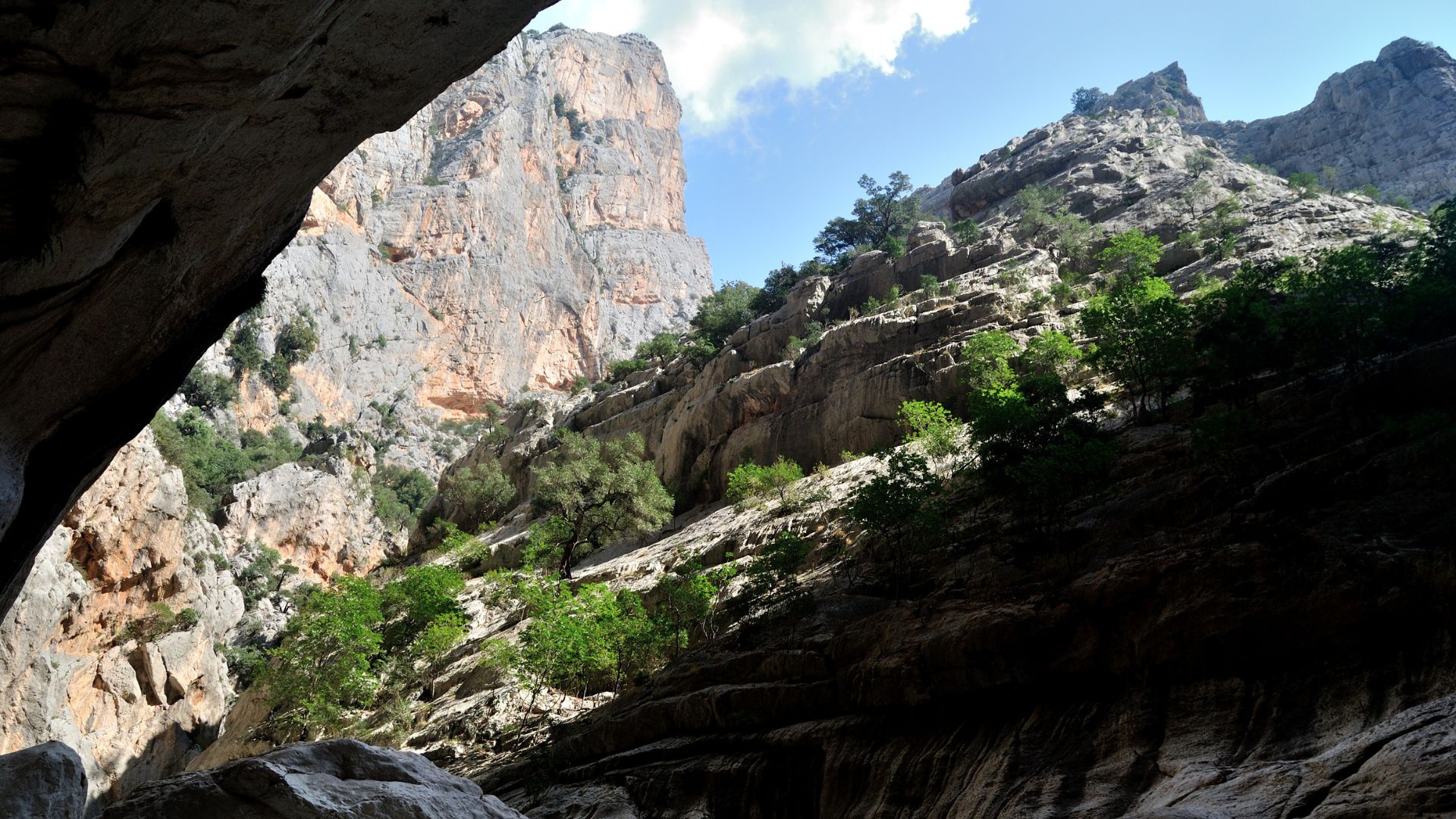
Key Features of Su Gorropu:
- Limestone walls over 400 meters high
- Clear seasonal streams
- Unique plant species you won’t find anywhere else
- Natural bouldering spots
How Landscape Shapes the Journey
Su Gorropu’s terrain tested every bit of my hiking ability. What began as a gentle walk quickly turned into a scramble over huge boulders and tight passages.
My path zigzagged down old shepherd routes on steep slopes. The Mediterranean brush gave way to cooler canyon plants as I dropped deeper.
As the day went on, the light changed and painted the white limestone walls gold. Sometimes, morning mist filled the canyon, giving it a mysterious vibe until the sun burned it off.
Water shaped everything here. Even when streams dry up in summer, you can see how powerful flows polished rocks and scattered smooth stones across the canyon floor.
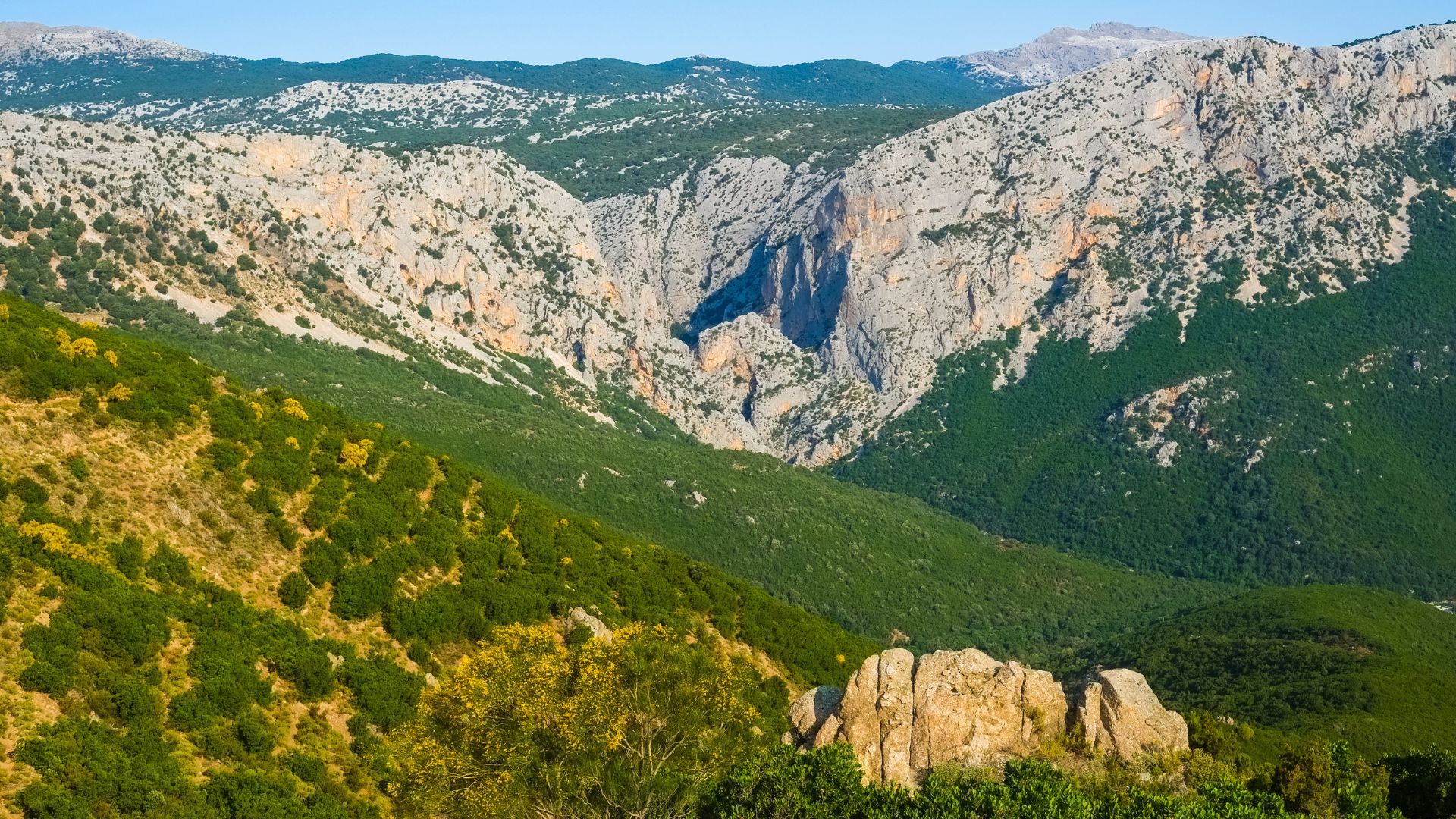
Why Hikers Flock to Sardinia
Sardinia packs tough trails and big rewards into one island. I hiked through mountains, canyons, and found hidden beaches—all in just a few days.
Unlike crowded spots elsewhere in Europe, Sardinia let me connect with nature. Even in busy months, I often walked alone, just the wind and the distant clinking of sheep bells for company.
The SS125 highway links trailheads to coastal paths with insane views. One day I’d be deep in the rugged interior, and the next I’d be swimming in emerald water near Cala Gonone.
Hiking here blends nature with culture. Local guides shared old legends about the land, and tiny villages welcomed me with real Italian hospitality after long days outside.
Essential Gear: Choosing the Right Hiking Boots
Finding the right hiking boots can make or break your trip in rough places like Sardinia’s Grand Canyon. My painful lesson? Good footwear isn’t just nice to have—it’s a must for safety and comfort.
Features to Look For in Quality Hiking Shoes
Now, when I shop for boots, I always look for ankle support first. High-tops help prevent sprains on uneven ground. I wish I’d had them that day. Traction’s a dealbreaker too—deep, multi-directional lugs grip all kinds of surfaces.
Breathability is key, especially in Sardinia’s heat. I’m a fan of boots with nylon mesh and leather. They’re light, airy, and still protective.
Waterproofing is worth thinking about, but super-waterproof boots can get hot. For rocky places like this canyon, I’d pick boots with reinforced toe caps and strong midsoles to shield against sharp rocks.
Weight matters more than you’d think. Every extra ounce feels heavier after a few miles. Modern lightweight boots give good support without the old-school bulk.

Before the Hike: Inspecting Your Footwear
I always check my boot soles before a big hike now. Any sign of the upper separating from the sole, or worn-out tread, means trouble. Those were the warning signs I missed before Sardinia.
I look at the laces too—if they’re frayed, they could snap when I need them most. I carry spares these days, and I wish I’d thought of that before.
I test waterproofing with a quick water spray. If water soaks in, I re-treat the boots.
Most important, I never take brand-new boots on a long hike! I break them in on short walks for at least 2-3 weeks. Those blisters in Sardinia? Totally avoidable.
Packing for Sardinian Terrain
For Sardinia, I go with lightweight trail runners as my main hiking shoes. The trails are usually maintained, but sharp limestone and stream crossings are common.
I pack quick-drying hiking socks—one pair per day, plus an extra. Moisture-wicking works way better than cotton, which just stays wet and causes blisters.
Gaiters have saved my feet from rocks and debris more than once. They barely take up space.
I always bring sandals or light camp shoes, too. After a long day, my feet need air. They’re also handy for crossing streams if I want to keep my main boots dry.
Trekking poles are a game changer. They take pressure off my feet and knees, cutting fatigue and helping prevent blisters.

The Unexpected Challenge: When Boots Fail on the Trail
My trusty boots chose the worst time to fall apart—right in the middle of Sardinia’s tough canyon terrain. What started as a small issue quickly turned into a big problem for both my progress and safety.
Sensing the First Signs of Trouble
About three miles in, I heard a weird flapping sound with every step. I looked down and saw the sole of my right boot peeling away.
I shrugged it off at first and kept going. But with every step, the gap grew. Those boots had been with me on so many adventures, and now they were letting me down.
Supportive, broken-in shoes are crucial for long hikes. Mine were just too broken-in after years of use.
Navigating Rugged Rocks and Unforgiving Paths
Sardinia’s Grand Canyon has sharp limestone and loose gravel that really test your grip. My falling-apart boots made every step dicey.
I tried wrapping the boot with a spare bandana and some cord. It helped for a bit, but the rocks tore through my fix in no time.
The gorge’s beauty was all around—huge rock walls, glimpses of the valley—but I was too busy watching my step to enjoy it.
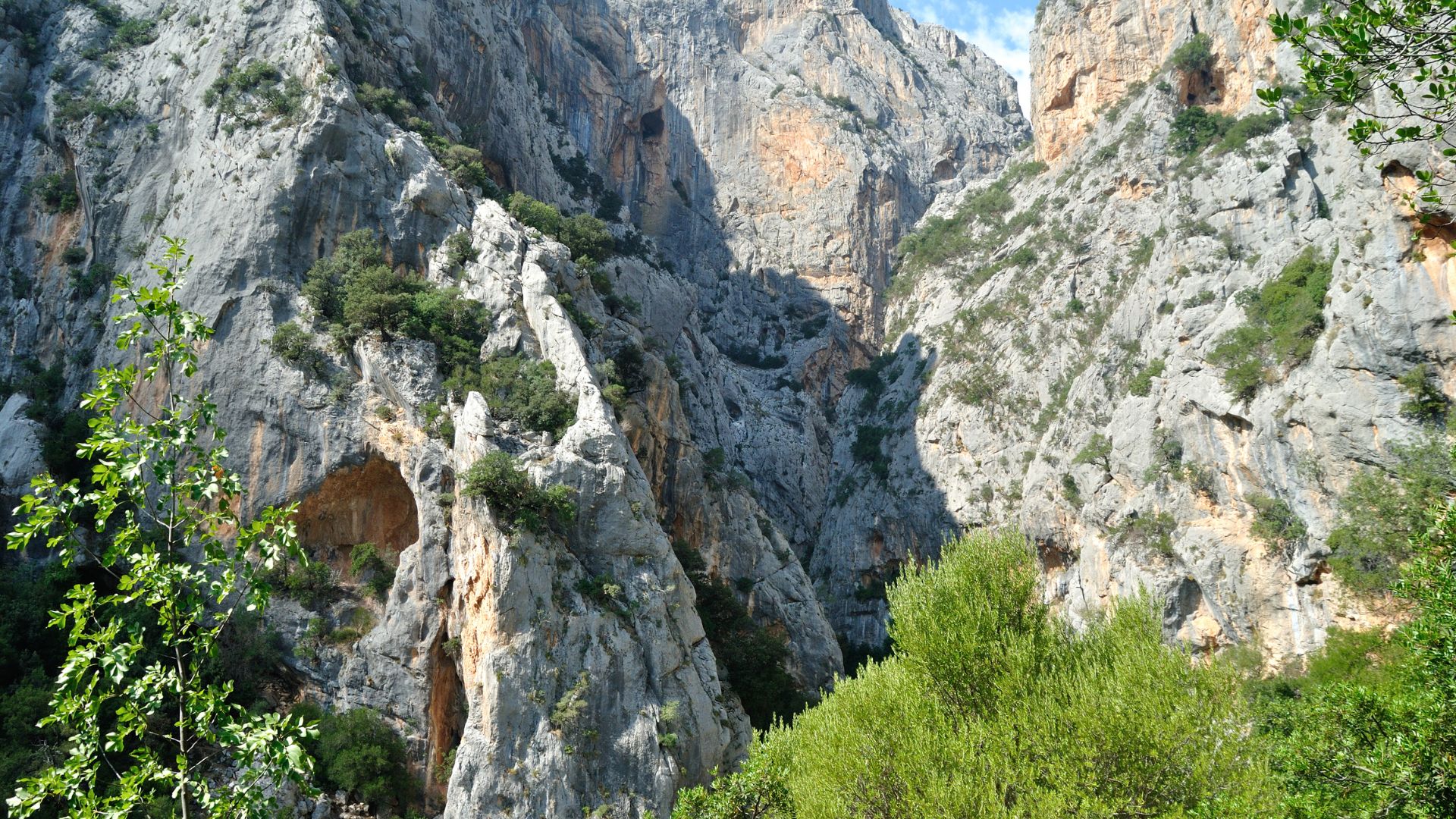
Impact on Pace and Safety
My pace slowed to a crawl. A hike that should’ve taken six hours started turning into an all-day slog. I checked my water, worried I’d run out before the next refill.
Without good support, my ankles felt exposed on the rough ground. I started grabbing rocks for balance.
My friends noticed and slowed down to match my pace. We shifted some gear around to lighten my load. This trip turned into a lesson in teamwork and problem-solving.
I’ll never skip a gear check before major hikes again, especially for footwear. Bad shoes are a classic hiking problem, and I learned that the hard way.

Resourcefulness in the Wilderness: Coping With Gear Failure
When my boots gave out in Sardinia, I had to get creative fast. Wilderness adventures will throw curveballs, but with some quick thinking and help from others, you can turn a disaster into just another story.
Field Repairs and Quick Fixes
My first reaction was panic. After a few deep breaths, I remembered the duct tape in my pack. I wrapped it around the boot, holding the sole and upper together.
I leaned on my hiking poles to take weight off the busted shoe. I stuffed my socks with soft leaves for extra padding where the insole was gone.
Medical tape from my first aid kit reinforced the weak spots. It looked ridiculous, but it actually worked for a few more kilometers.
Some local hikers showed me how pine sap could add stickiness and waterproofing to my patch job. Nature’s got your back if you know what to look for.
Leaning on Fellow Hikers
The hiking community really came through. An Italian family handed me extra shoelaces after mine snapped under the strain.
A German couple had spare moleskin for my new blisters—lifesaver.
A Sardinian guide taught me a clever knot with my bandana to help secure the boot. “No one hikes alone, even if you start that way,” he said.
I traded a chocolate bar for waterproof gaiters from a British trekker. They kept rocks and dirt out of my boots, which were now pretty much wide open.
These moments with fellow hikers didn’t just help—they made the day memorable. Solving problems together turned a rough situation into one of my favorite travel stories.
Beyond Sardinia: Memorable Hiking Destinations and Tips
Sardinia’s wild trails stole my heart, but hiking across Europe and beyond has taught me a lot about preparation, gear, and finding hidden gems in unexpected places.
Comparing Sardinia With the Dolomites and Alps
The Dolomites offer something totally different from Sardinia’s wild canyons. In Val Gardena, I found marked trails weaving between dramatic limestone peaks. The Alps have mountain huts every few hours—way more infrastructure than Sardinia.
Odle Natural Park became my favorite Dolomites destination with its jagged spires. From Passo Gardena, I soaked in panoramic views of Gruppo del Sella without the crowds.
For beginners, Alpe di Siusi has gentle slopes and big views of Sasso Lungo. Many trails start at high altitude thanks to cable cars—a luxury you won’t find on Sardinia’s remote trails.
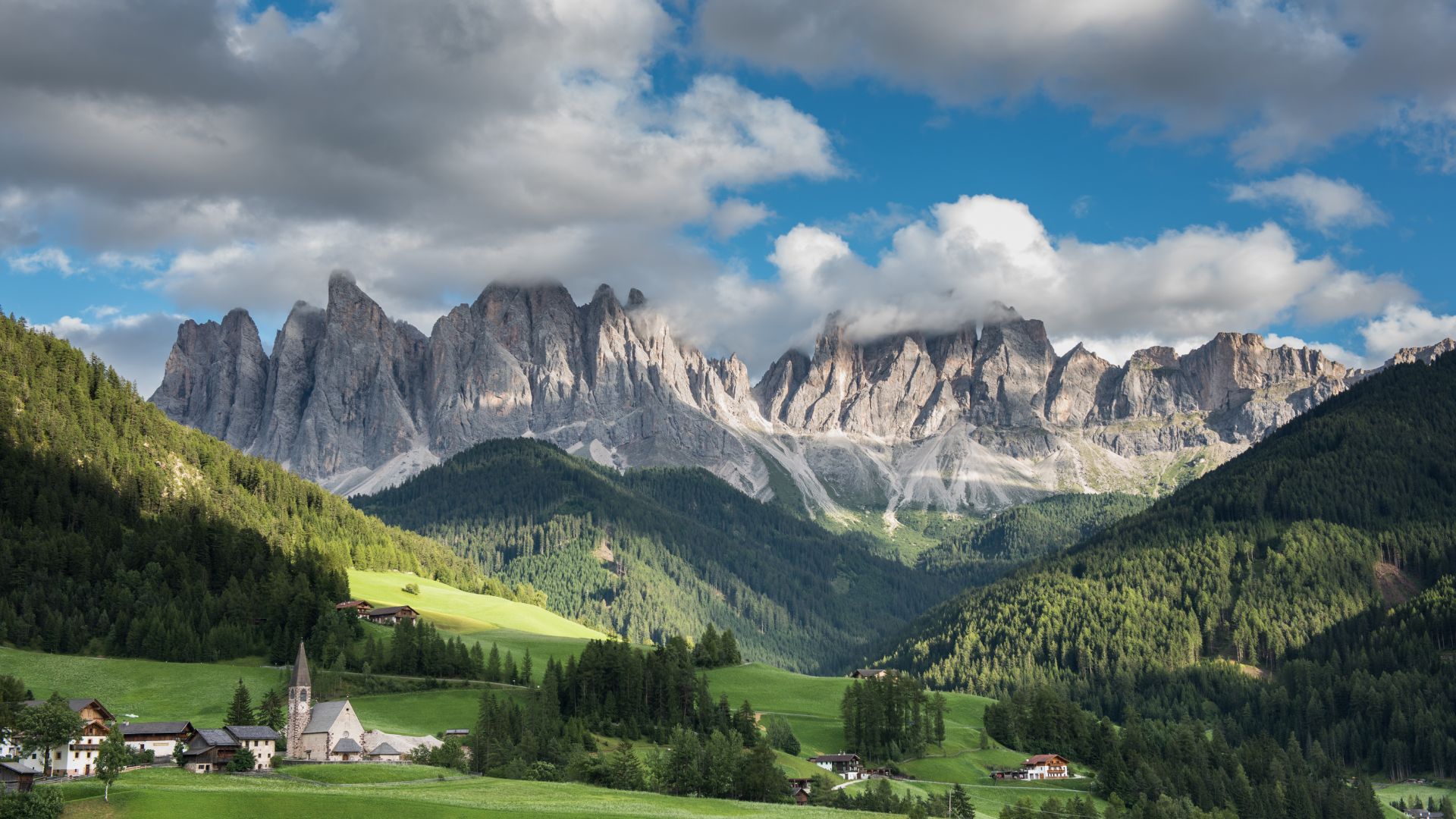
Other Iconic Grand Canyons Around the World
Gorropu might be Europe’s Grand Canyon, but honestly, plenty of other places worldwide show off landscapes just as dramatic. Arizona’s Grand Canyon really sets the standard, with its mile-deep gorge stretching farther than anything you’ll find in Europe.
Utah’s Zion Canyon stands out with its slot canyons and those ruby-red walls. They remind me a bit of Sardinia’s limestone formations, though everything feels bigger and, well, more intense. Nevada’s Valley of Fire has similar geology, but you won’t find nearly as many people there.
If you look beyond the US, Australia’s Blue Mountains impress with their canyon systems and those unique eucalyptus forests. In Europe, Croatia’s Paklenica Canyon brings a Mediterranean feel a lot like Sardinia, but the vegetation changes things up.
Spain’s Ordesa Canyon surprised me during my Pyrenees trip. Deep gorges meet alpine meadows, making for one spectacular hike.
Travel Insights: Accommodation and Transport
If you want to stay near remote trails, you’ll need to plan ahead. In Sardinia, I stumbled across family-run agriturismos—these spots offer home-cooked meals and a real taste of local life. After a long hike, that’s exactly what I want. The Dolomites have their own thing going, with rifugios set up perfectly for overnight stops on multi-day treks.
Getting around in isolated areas can be tricky. In Sardinia, I had to rent a car—there just wasn’t another good option. The Dolomites, on the other hand, have public buses that connect the main trailheads pretty efficiently. Some Alpine spots even throw in hiking passes that cover your transport, which is honestly a relief.
I’ve learned to book places to stay three or four months in advance if I’m going during the summer. A lot of hikers forget about the shoulder seasons—May and September—when the trails are still open, but everything costs less.
When I’m heading somewhere remote, I always make sure to download offline maps and save my accommodation contacts. Cell service tends to disappear fast in those canyon areas, and getting lost isn’t on my to-do list.
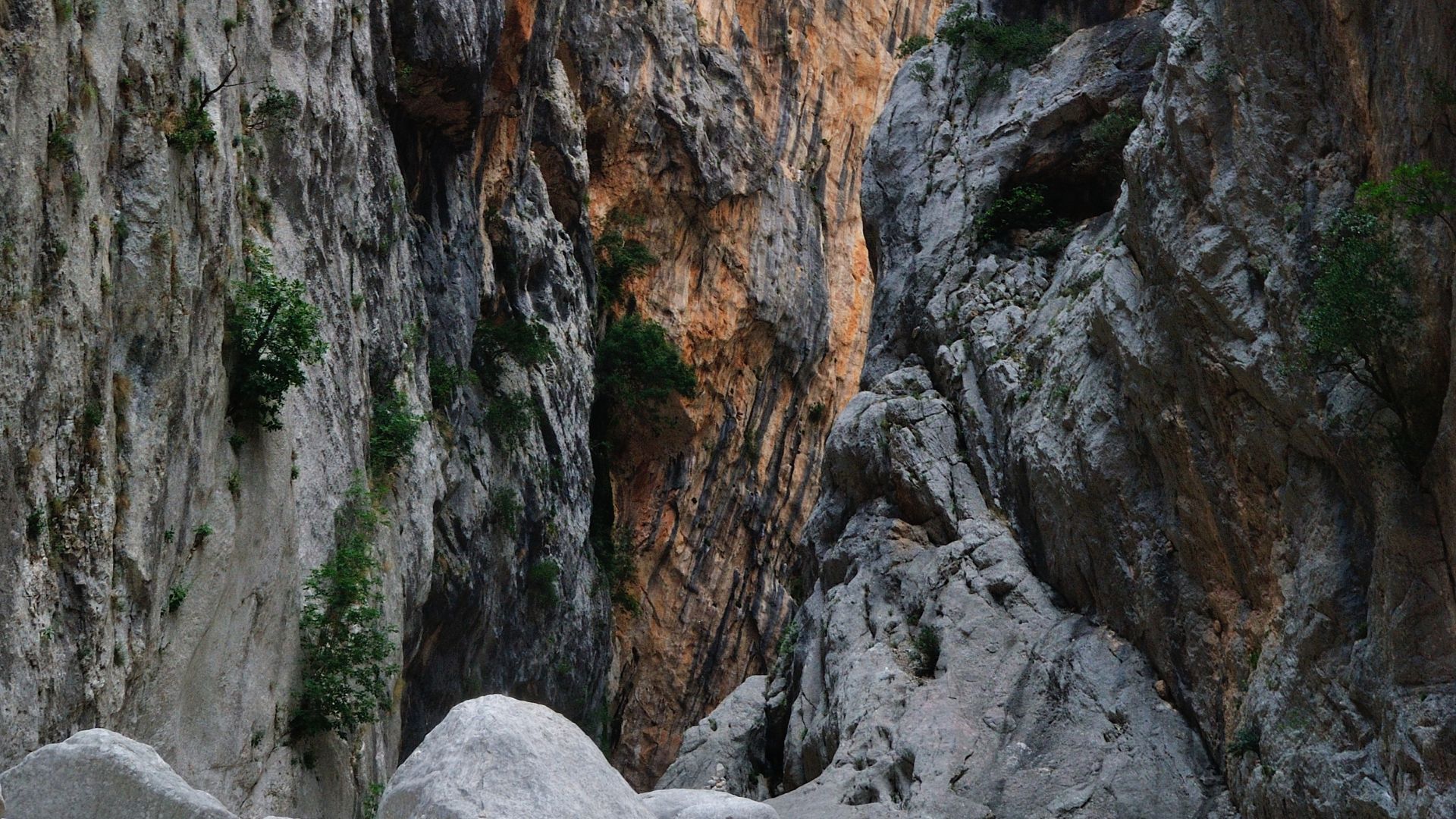
Gear Lessons Learned: Buying Durable Equipment
When my boots failed in Gorropu, I realized just how crucial it is to buy quality gear.
Mid-priced hiking boots usually fall apart after 500-700 miles. But the premium models with Vibram soles? I’ve pushed those through over 1,200 miles of rocky, uneven trails.
I always go for breathable, moisture-wicking fabrics. They really do the job in all sorts of climates.
Even in summer, I toss merino wool base layers into my pack. Canyon nights can get surprisingly cold, and I’d rather be prepared.
A solid daypack changes everything. My 28-liter pack has padded hip belts that actually spread the weight, which helps a ton on tough descents.
I steer clear of cotton now. No matter what the weather report says, I throw in a lightweight wind or rain shell—just in case.
Trail-specific gear can make a huge difference. Trekking poles have saved my knees more times than I can count on Sardinia’s steep trails.
If I’m hiking early season in the Alps, I bring microspikes. Snow patches like to stick around up high until July, and I’d rather not risk it.

